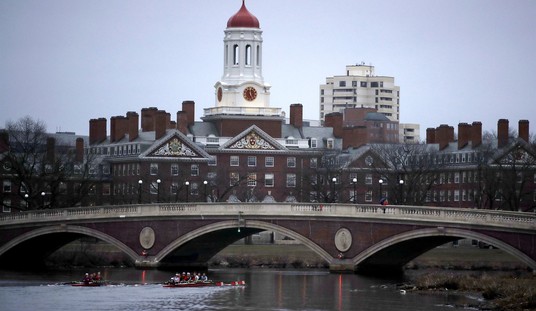A new study of patients who complained about a “cough” found that the numbers were higher from December through February than in previous years. As the Washington Post reports, some are suggesting this is evidence the coronavirus was spreading in the U.S. earlier than currently believed:
“This is consistent with the growing body of data that suggests that there’s been community spread much earlier than we had anticipated,” said study author Joann G. Elmore, a doctor and epidemiologist at the David Geffen School of Medicine at the University of California at Los Angeles.
The researchers examined six years of electronic health records, representing nearly 10 million patients, at the UCLA health system from July 2014 through February. That included patient visits to three UCLA hospitals and to nearly 200 associated outpatient clinics…
That approach revealed an uptick in patients that began the week of Dec. 22 and remained elevated for 10 weeks. The number of extra people exceeded the researchers’ predictions by 50 percent, totaling about 1,000 more patients compared with the previous five flu seasons.
Here’s a link to the study. The catch here is that the presentation of people with a cough around this time definitely included a lot of people who had the flu. In fact, 2020 was a particularly bad flu season. So without testing the actual patients it’s impossible to know for sure what caused the surge of illnesses. A doctor not involved in the research said it was unlikely the coronavirus was spreading in California as early as December or January:
Using data from emergency departments that reported patients with flu-like illnesses, Spellberg and his colleagues observed two peaks in patients in December and February, as they reported in JAMA this spring.
Those increases were consistent with a severe flu season, Spellberg said.
So take all of this with a grain of salt at this point but we do know the first cases of the virus were here earlier than we knew at the time. Back in April, Santa Clara county announced that it had identified the first coronavirus related death in the country as happening on Feb. 6, three weeks earlier than previously believed.
In May the Seattle Times reported that a woman named Jean who lived in Washington state had come down with an illness just before Christmas. She later took a blood test which showed she had antibodies for the virus:
Jean is among two Snohomish County residents who have positive serology tests potentially linked to COVID-like illnesses dating back to December, throwing into question whether the coronavirus arrived in Washington, and the United States, earlier than previously known.
Although neither case offers ironclad proof of that – an antibody test can’t pinpoint exactly when someone was exposed to the virus – each patient’s test results, combined with the clinical symptoms in December, appear to meet the federal Centers for Disease Control and Prevention’s (CDC) case definitions for COVID-19.
“They are being considered ‘probable,’” Heather Thomas, a Snohomish Health District spokeswoman, said in an email Thursday.
I don’t see any update on that story or any follow-up contradicting it so it seems this hasn’t been walked back yet. It could be evidence that at least a few cases did spread in the western U.S. prior to February.








